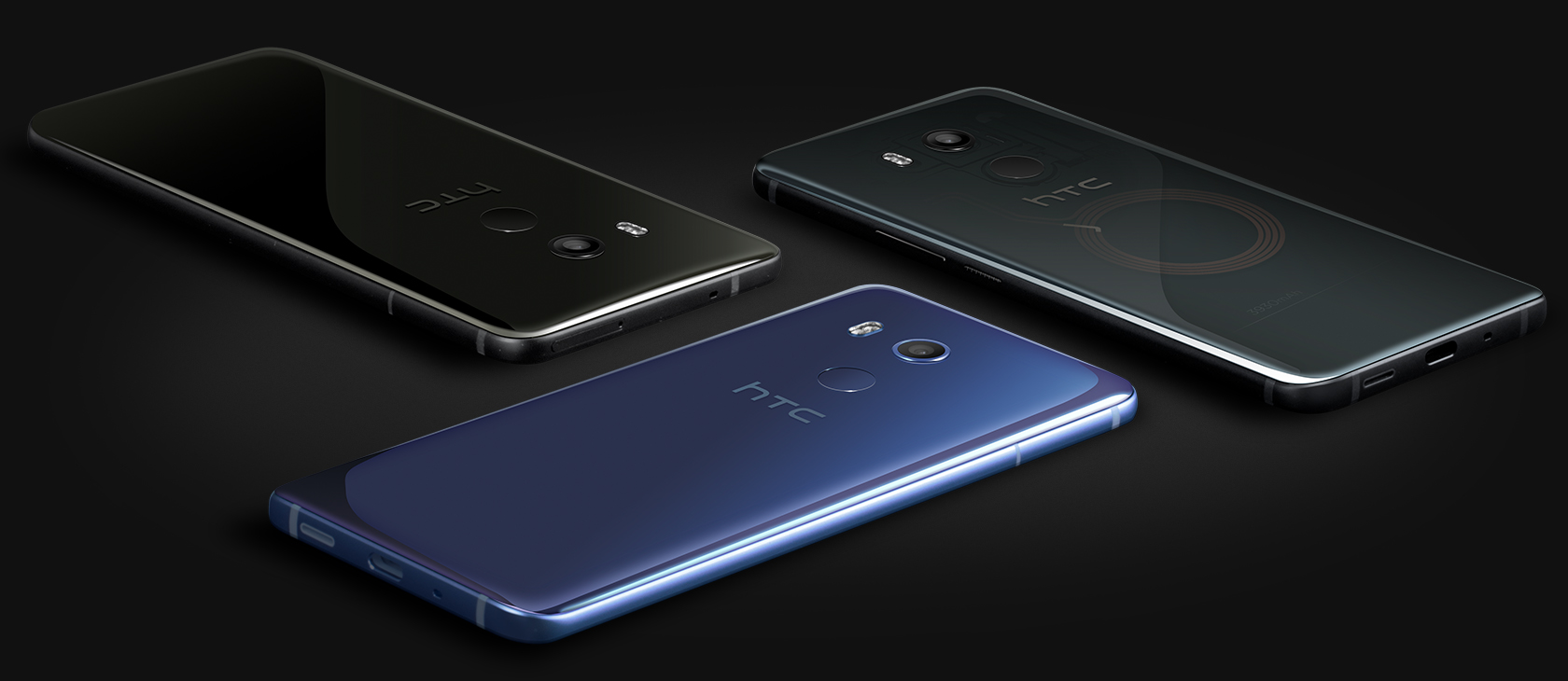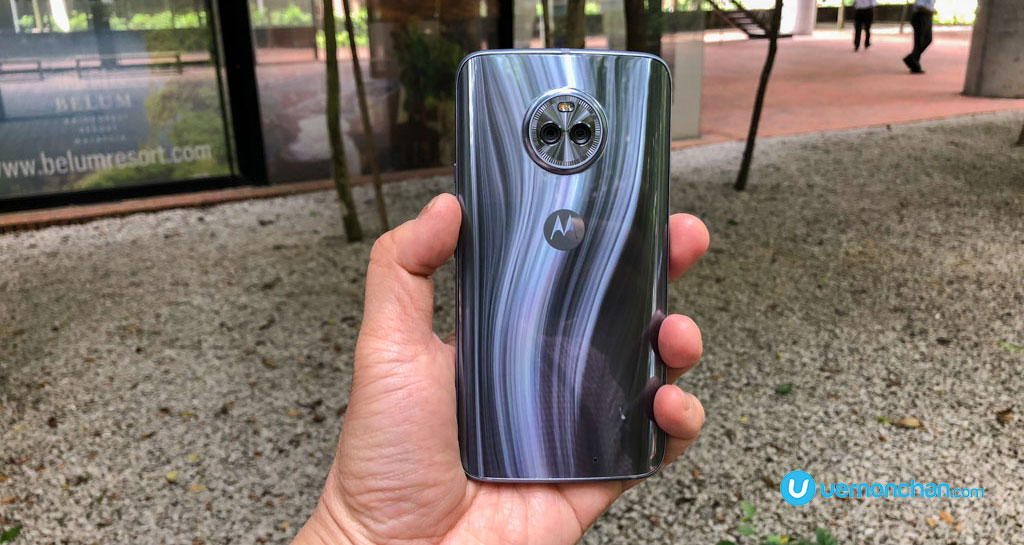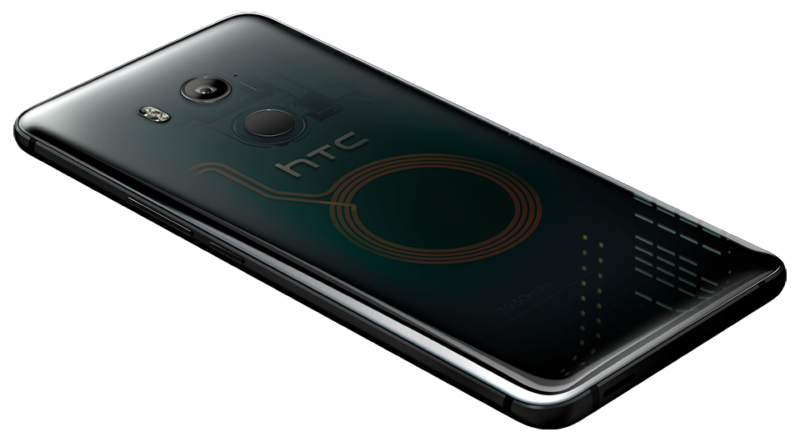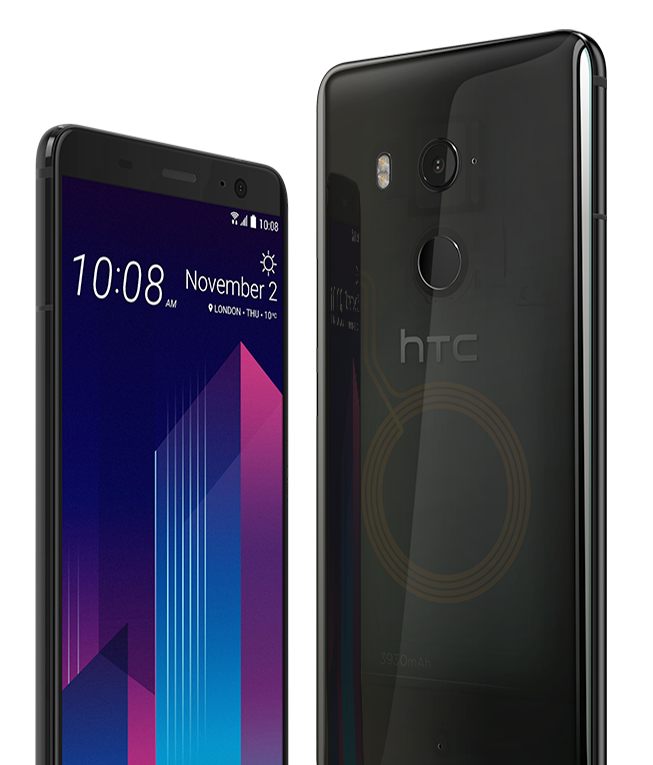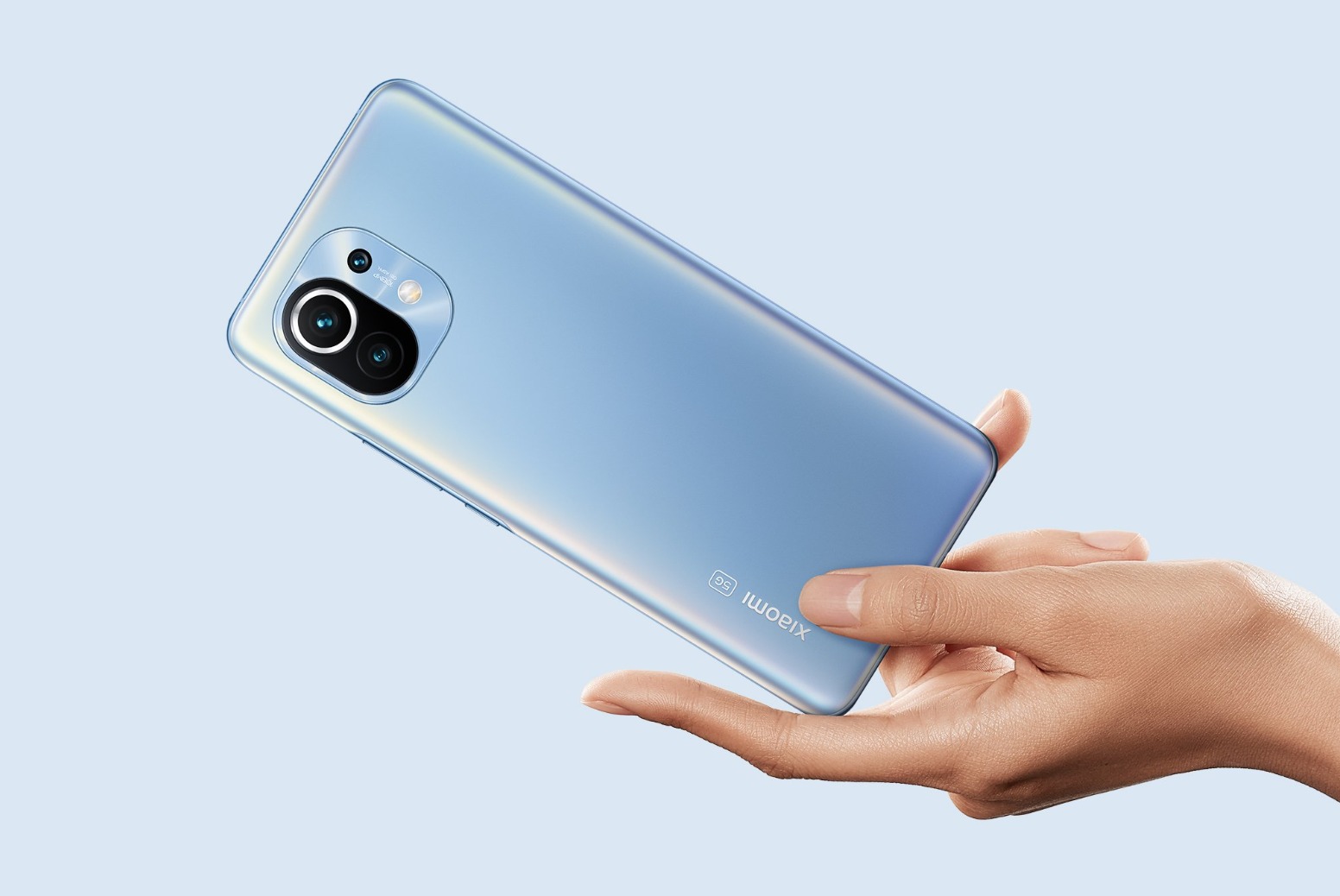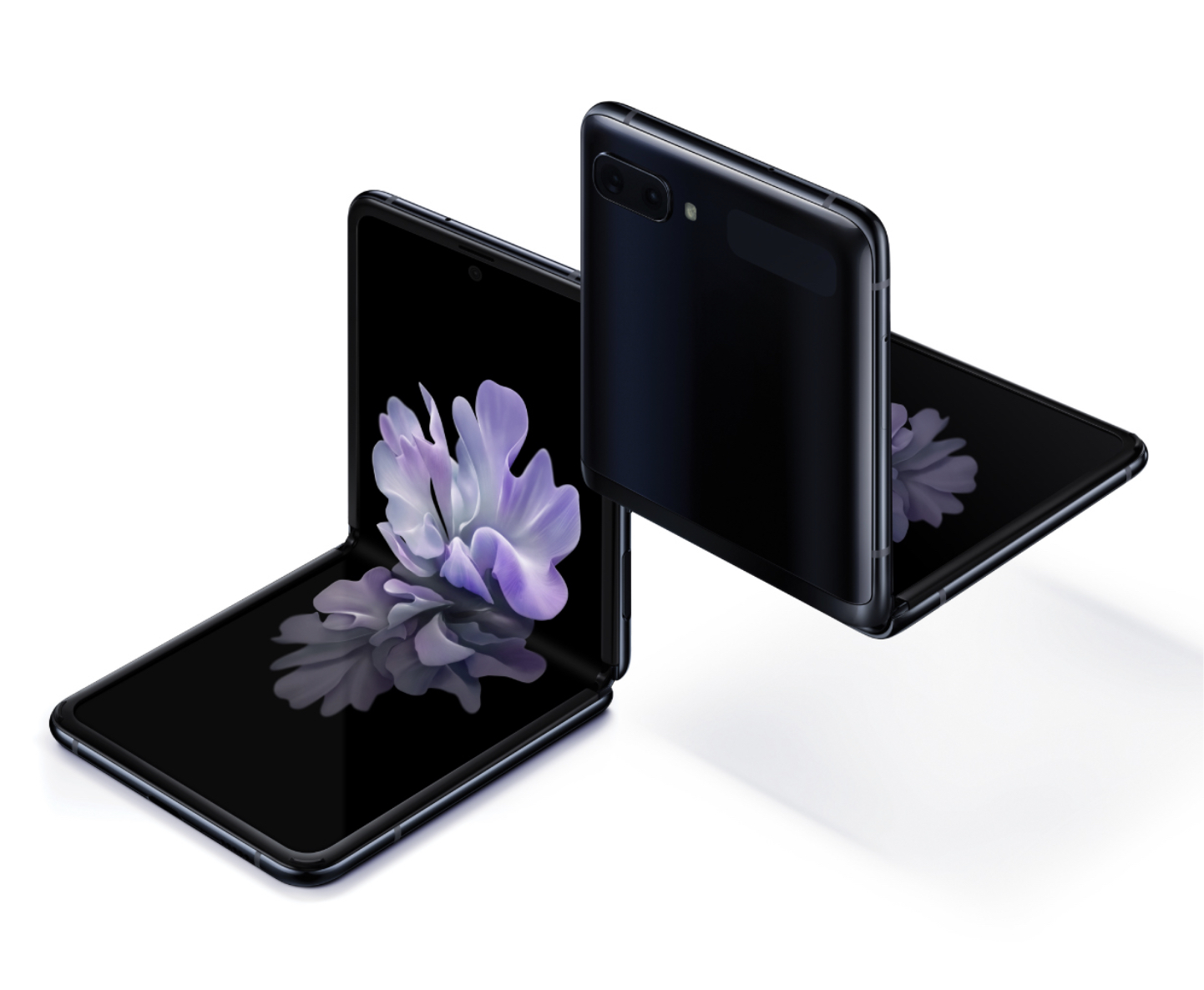Despite losing half of its talent to Google, HTC has proven it hasn’t quite lost its knack for designing beautiful phones. Fresh out of the oven is the HTC U11+ and the mid-range U11 Life. It’s got a more in-trend “Full View” display, bigger battery, and beefy internals.
What’s weird though, was that there was no big rah-rah global launch. And there was no publicised live-streaming launch event. Nada.
Let’s take a step back for a moment. Fact: The HTC U11 was (OK, still is) one of the best flagship Android devices of 2017. It rocked a stunning Liquid Glass design, with the smoothest of smooth body. It featured a 5.5-inch Quad HD Super LCD5 display, a top-of-the-line Snapdragon 835 with generous 6GB of RAM and 128GB of storage. Let’s not forget one of the best cameras in the business. In short, it was pretty awesome.
And by the way, there’s speculation that the HTC U11+ started its life out as the Google Pixel 2 XL, but was later o make way for a LG-based option.
So, what’s the deal with the HTC U11+? Well, bigger, better in more ways than one.
For one, the display. It moves up from 5.5 inches up to 6 inches, with shrunken bezels so the physical footprint ends up pretty much the same. The display remains an LCD5, but now with an 18:9 screen ratio at a resolution of 2880×1440.
The next big thing is the battery. HTC has shoved in a massive 3,930mAh battery into the U11+, a substantial upgrade from the 3,000mAh cell on the HTC U11. It charges up via USB Type-C and it supports QuickCharge 3.0 fast charge technology, by the way.
The other upgrade, albeit not as “big” (pun intended), is the move up to an IP68 rating, an improvement over the HTC U11’s IP67.
Design-wise, the HTC U11+ retains the much-loved look and build of the original U11. Why change a good thing, right? Because of the bigger battery, the U11+ does end up about 20g heavier, though.
The rest of the spec sheet remains unchanged: the powerful Snapdragon 835 chip, 4GB/6GB of RAM and 64GB/128GB of storage.
The camera system is also unchanged, featuring the 12MP f/1.75 aperture lens with multi-axis OIS+EIS and superfast UltraSpeed dual-PDAF autofocus.
There’s a slight change on the selfie shooter, though. The 16MP UltraPixel selfie snapper on the original U11 makes way for an 8MP with a wide FOV.
Let’s not forget audio, which is an essential part of the HTC experience. There’s HTC BoomSound Hi-Fi Edition speakers and enhanced HTC USonic with Active Noise Cancellation.
There’s no headphone jack, not that it matters. But in case you’re old school, HTC includes a USB-C to 3.5mm adapter with a built-in DAC.
You get a choice of HTC Sense Companion, Google Assistant and Amazon Alexa, and they can be triggered using HTC Edge Sense squeezing action.
On the software side, the U11+ runs Android Oreo out-of-the-box, and HTC has added a new radial menu that works with HTC Edge Sense.
A downside with the U11+ is the strip down choice of colours. The plus model only offers “ceramic black” so if you’re looking for the super shiny Sapphire Blue or Solar Red, you’re out of luck. HTC did show off a “Translucent” version, but it is unclear if this will be offered commercially any time soon.
Pricing and availability
The HTC U11+ will retail for EUR799 (MYR3,945) and will be available in the UK starting 20 November 2017. HTC has not released details on the markets the device will be made available in.
For official info, visit HTC.


